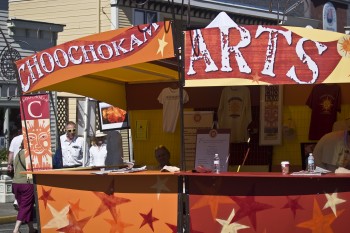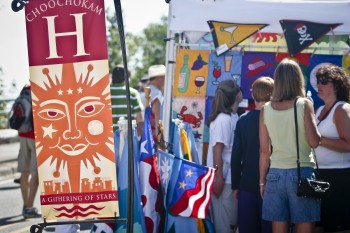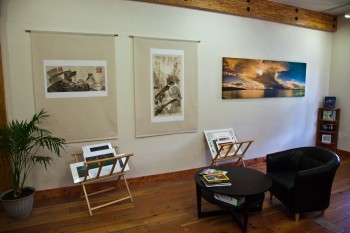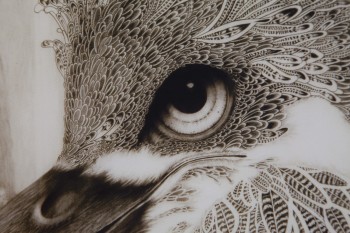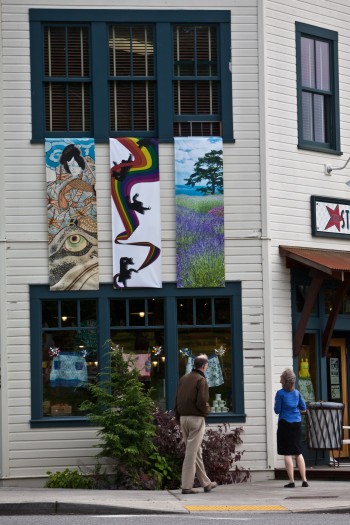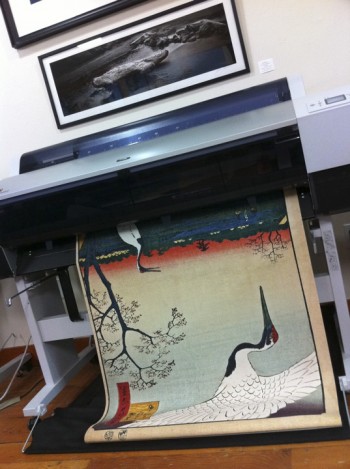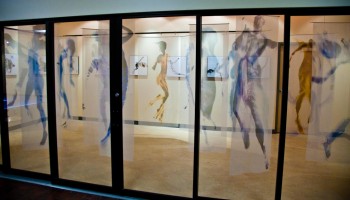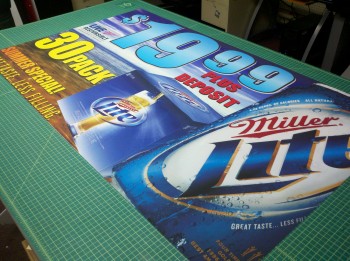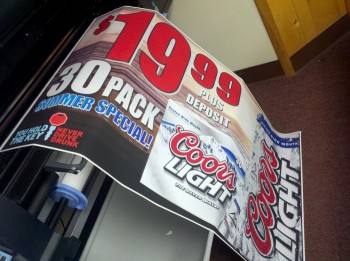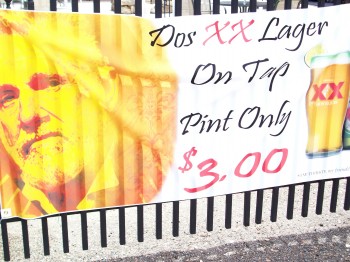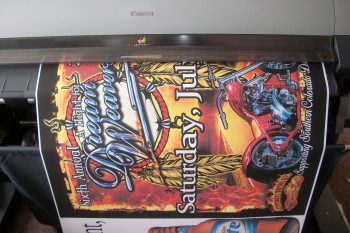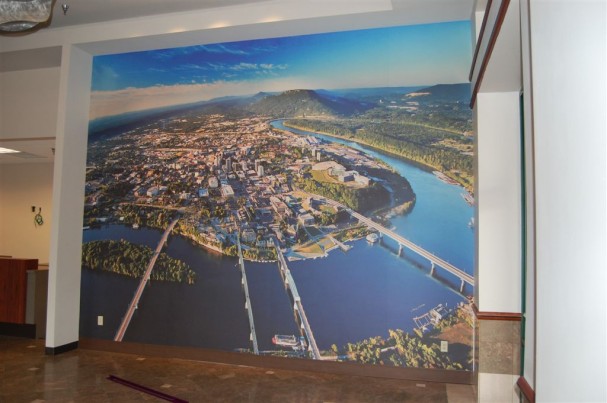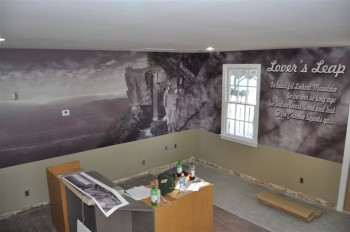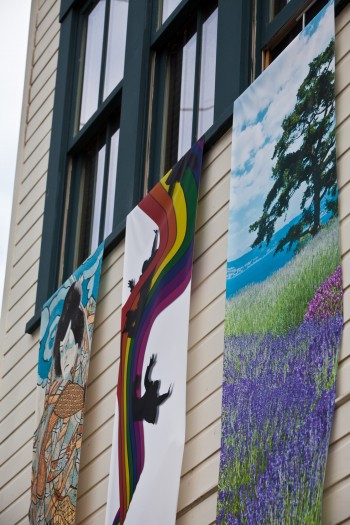 If you’re looking for an alternative to the usual banner that provides more visual punch, is easier to work with, cuts down on shipping and has a more elegant look and feel, the new LexJet Poly Select SUV fabrics are a perfect fit.
If you’re looking for an alternative to the usual banner that provides more visual punch, is easier to work with, cuts down on shipping and has a more elegant look and feel, the new LexJet Poly Select SUV fabrics are a perfect fit.
LexJet Poly Select Light SUV and Poly Select Heavy SUV are compatible with solvent, low-solvent, UV-curable and latex printers. They are durable for up to three months outdoors and one year indoors. Both water-resistant polyester fabrics have a nice satin finish with a bright white surface that offers an expanded color gamut to ensure richer, brilliant color.
LexJet Poly Select Light SUV has tight, barely discernable weave and weighs in at 145g and 7.5 mils thick. It’s perfect for applications that require some type of draping, like table skirts and backdrops, as well as backlit displays, point of purchase, in-store signage, trade show graphics and banner stands.
LexJet Poly Select Heavy SUV weighs in at 250g and 12 mils thick. This heavier fabric lays flat for banner stand graphic production, trade show graphics, window displays, hanging flags and banners, point of purchase and other soft signage applications.
They are similar to the aqueous versions – LexJet Poly Select Light, LexJet Poly Select Heavy and LexJet Poly Select Medium – that are in the market and playing to rave reviews.
The Poly Select Light cloth has become an excellent alternative for a flowing fabric look without the associated costs of real cottons and silks we’ve printed on in the past,” says Joe Menth of Fine Balance Imaging Studios (FBIS) in Langley, Wash. Click here to check out the variety of applications FBIS produces with fabric.
Both new fabrics – LexJet Poly Select Light SUV and LexJet Poly Select Heavy SUV – are available and shipping from one of LexJet’s nationwide network of distribution centers for one-day delivery to most of the contiguous U.S. They are available in 24 in., 36 in. and 54 in. widths. For a free sample and to order, contact a LexJet customer specialist at 800-453-9538.

